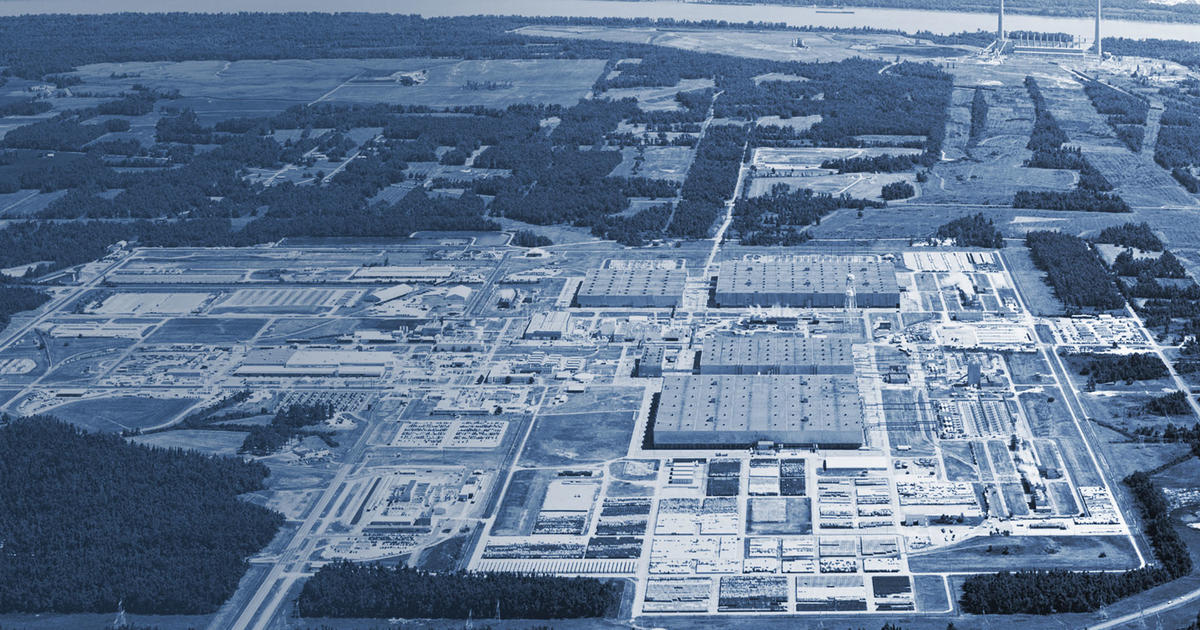Site acquired for GLE laser enrichment plant

Global Laser Enrichment (GLE) has acquired a 665-acre parcel of land for its planned Paducah Laser Enrichment Facility (PLEF) in Kentucky.

A message from Goodway Technologies
Optimizing Maintenance Strategies in Power Generation: Embracing Predictive and Preventive Approaches

Global Laser Enrichment (GLE) has acquired a 665-acre parcel of land for its planned Paducah Laser Enrichment Facility (PLEF) in Kentucky.

Ken Petersen
president@ans.org
With all that is happening in the industry these days, the nuclear fuel supply chain is still a hot topic. The Russian assault in Ukraine continues to upend the “where” and “how” of attaining nuclear fuel—and it has also motivated U.S. legislators to act.
Two years into the Russian war with Ukraine, things are different. The Inflation Reduction Act was passed in 2022, authorizing $700 million in funding to support production of high-assay low-enriched uranium in the United States. Meanwhile, the Department of Energy this January issued a $500 million request for proposals to stimulate new HALEU production. The Emergency National Security Supplemental Appropriations Act of 2024 includes $2.7 billion in funding for new uranium enrichment production. This funding was diverted from the Civil Nuclear Credits program and will only be released if there is a ban on importing Russian uranium into the United States—which could happen by the time this column is published, as legislation that bans Russian uranium has passed the House as of this writing and is headed for the Senate. Also being considered is legislation that would sanction Russian uranium. Alternatively, the Biden-Harris administration may choose to ban Russian uranium without legislation in order to obtain access to the $2.7 billion in funding.

Global Laser Enrichment (GLE) signed separate, nonbinding letters of intent in June with the two largest nuclear power operators in the United States—Constellation and Duke Energy—to assess potential nuclear fuel supply chain cooperation, including support for GLE’s deployment of laser enrichment technology in the United States. According to GLE president and chief commercial officer James Dobchuk, who delivered a presentation on June 7 at the World Nuclear Fuel Market Annual Meeting, the company’s baseline deployment schedule could be accelerated by about three years (under favorable market conditions) to supply the nuclear fuel market with uranium in a range of enrichment levels in 2027.